40+ Foods to Eat (and Avoid) for Period Cramp Relief
Key Takeaways:
- Nutrition and diet can be a great way to manage menstrual pain without relying on over-the-counter medications.
- Incorporating specific foods like water, calcium, magnesium, omega-3 fatty acids and fiber into the diet can help reduce menstrual cramps and support your overall well-being.
- Foods and drinks high in excess salt, added sugars, coffee and alcohol should be avoided during periods to prevent worsening cramps and other PMS symptoms.
Managing painful menstruation with diet: Best foods to eat and avoid to ease period cramps
Menstruation can bring about a handful of uncomfortable — and, at times, debilitating — symptoms, known as premenstrual syndrome (PMS). PMS refers to the collection of symptoms that many experience before and during their period, like menstrual cramping and bloating.
Over 50% of menstruating individuals experience painful periods due to menstrual cramping. For about one in five menstruating individuals, period pain can be so severe that it gets in the way of their daily lives.
Over-the-counter non-steroidal anti-inflammatory drugs (NSAIDs), like ibuprofen (Advil), have been used as short-term treatments for menstrual pain. However, many people are increasingly looking for natural ways to manage their PMS symptoms and improve their overall health. This is where diet and nutrition come in.
Read on to discover which foods to eat and avoid to reduce period cramps and support your well-being.
What foods help with period pain?
Foods that are high in calcium, magnesium, omega-3 fatty acids and fiber may help reduce period cramps and other PMS symptoms by fighting inflammation and promoting better hormone balance. Certain fruits, vegetables, whole grains and nuts are rich in antioxidants, nutrients, minerals and vitamins (like vitamin D) that could reduce inflammation in the body.
While dietary changes can be helpful, more research is needed to fully understand their impact on the menstrual cycle and women's health.
9 Calcium-rich foods to help with period cramps
Research shows that low calcium levels may be linked to an increase in painful uterine muscle spasms. Increasing your calcium intake may help to improve blood flow to the uterus, providing relief from these cramps.
According to several studies, calcium intake, whether from food or supplements, can effectively lessen the severity of PMS symptoms like abdominal cramping and back pain. Women over the age of 19 should aim to consume 1000 mg of calcium per day.
Calcium-rich foods include:
- Hard cheeses
- Milk
- Yogurt
- Almonds
- Sesame seeds
- Chia seeds
- Kale
- Broccoli
- Watercress
10 magnesium-rich foods to help with period cramps
Magnesium may help reduce menstrual cramps by helping the muscles in the uterus relax. It works by lowering levels of chemicals called prostaglandins, which cause the uterus to contract and create pain.
Randomized studies have also found that taking magnesium supplements can reduce other PMS symptoms like headaches, irritability and menstrual pain. The recommended daily intake of magnesium for women between the ages of 19 to 30 is 310 mg per day. For women ages 31 to 50, it increases slightly to 320 mg per day.
Magnesium-rich foods include:
- Pumpkin seeds
- Chia seeds
- Almonds
- Cashews
- Peanut butter
- Peanuts
- Spinach
- Black beans
- Edamame
- Dark chocolate
8 Foods rich in omega-3 fatty acids to help with period cramps
Like magnesium, omega-3 fatty acids can help reduce menstrual cramps by lowering prostaglandin levels. In approximately three months, women who consumed omega-3 fatty acids daily began to experience less painful periods. The decrease in pain was enough for the use of over-the-counter (OTC) painkillers to go down as well.
Omega-3 fatty acid-rich foods include:
- Wild Atlantic salmon
- Wild Atlantic herring
- Sardines
- Mackerel
- Trout
- Fish oil
- Cod liver oil
- Flaxseed oil
16 Fiber-rich foods to help with period cramps
Fiber may reduce the intensity of menstrual cramps by balancing estrogen levels and decreasing inflammation by lowering prostaglandin levels. Additionally, fiber promotes a healthier gut by helping your body absorb other nutrients and help regulate its blood sugar levels.
Fiber-rich foods include:
- Lima beans
- Green peas
- Lentils
- Pinto beans
- Guava
- Raspberries
- Blackberries
- Strawberries
- Prunes
- Oranges
- Artichokes
- Avocado
- Cauliflower
- Leafy greens, like spinach
- Okra
- Red cabbage
Water
It may come as no surprise that water is a part of this list. After all, proper hydration is vital in helping your body carry out its essential functions. It helps your body regulate its temperature and keeps your brain sharp. But did you know that drinking enough water could also reduce menstrual cramps?
A 2021 study by the Women's Health Group at Boston Medical Center found that increasing water intake can significantly reduce the intensity of period cramps. Additionally, the need for painkillers decreased among those who stayed properly hydrated during the study.
According to the National Academy of Medicine, women over 19 should drink 9 cups or 72 ounces of water per day.
Foods and drinks to avoid during your period
Many women experience cravings for junk food, sweets or salty snacks during their period. However, research shows that too much of a tasty thing may not be tasty at all.
Studies have shown that women who frequently ate certain highly processed snack foods were three to four percent more likely to experience painful menstrual cramping than those who didn't. This could be because many pre-packaged snacks have inflammatory ingredients like excess salt and added sugars. Additionally, things like alcohol, spicy foods and red meat may worsen inflammation and other PMS symptoms.
Foods that may worsen menstrual cramps, inflammation and other PMS symptoms:
- Salty snacks, like potato chips
- Candy and desserts
- Sweetened drinks, like soda
- Spicy foods
- Red meat
- Alcohol
What causes period cramps?
Period pain is caused by chemicals made in the body called prostaglandins, which make the uterus’ blood vessels contract. These uterine muscle contractions cause the crampy discomfort associated with menstrual pain.
When this type of menstrual pain happens and there are no other underlying medical conditions, it is known as primary dysmenorrhea. In some cases, painful periods may be caused by underlying medical conditions, like endometriosis. This is known as secondary dysmenorrhea. Women with secondary dysmenorrhea may need additional treatment to manage their menstrual symptoms, like excess bloating.
If you experience painful periods and believe you may have an underlying health condition, talk to your primary health provider about additional treatment options.
How Sesame can help
If you're looking for ways to alleviate period cramps, Sesame can connect you to top-rated, licensed healthcare providers who can help. Providers on Sesame can also help you navigate additional PMS symptoms, like mood swings, increased appetite, painful periods, weight changes, bloating break-outs, anxiety, nausea or fatigue.
Book an affordable online doctor visit today to receive expert advice and personalized treatment options, all from the comfort of your home.
Related posts
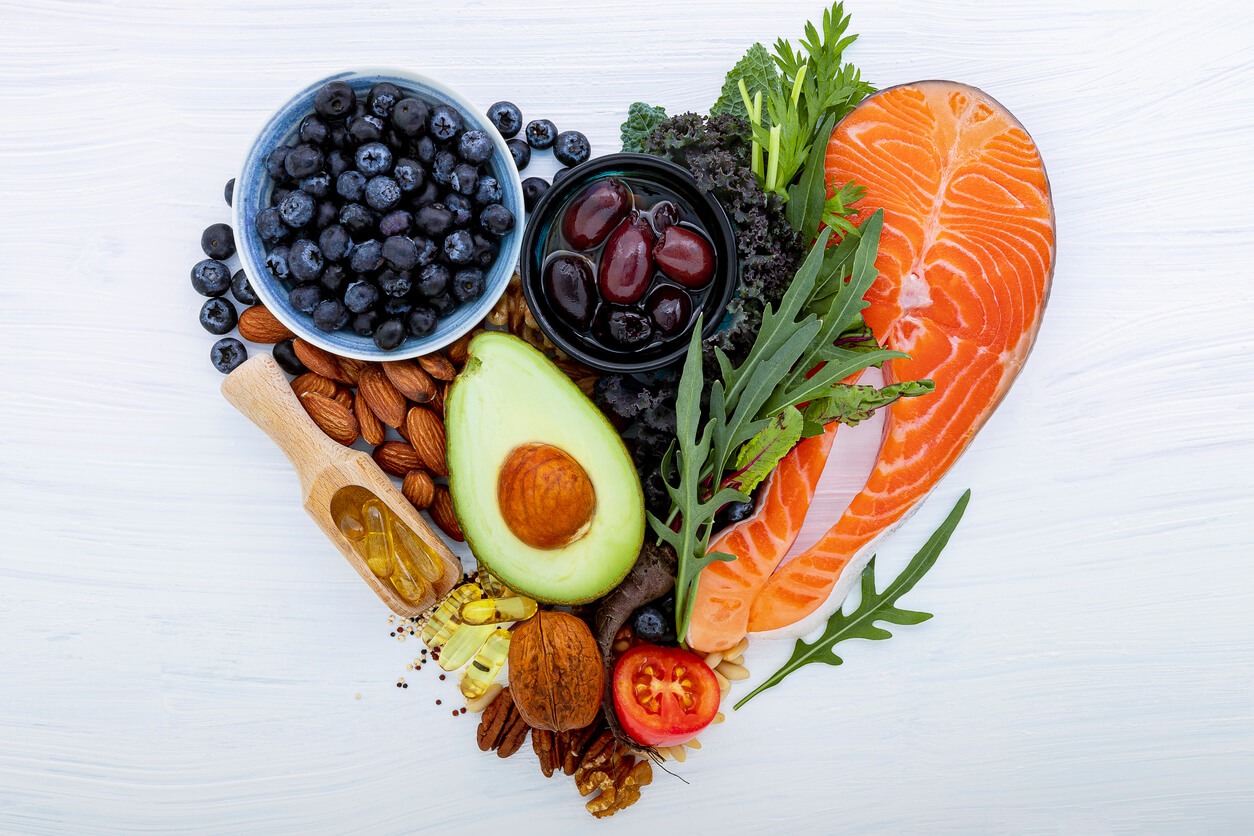
The DASH diet is an eating plan that helps lower blood pressure. Learn more about 20 heart-healthy foods that you can eat on the DASH diet and more health tips.
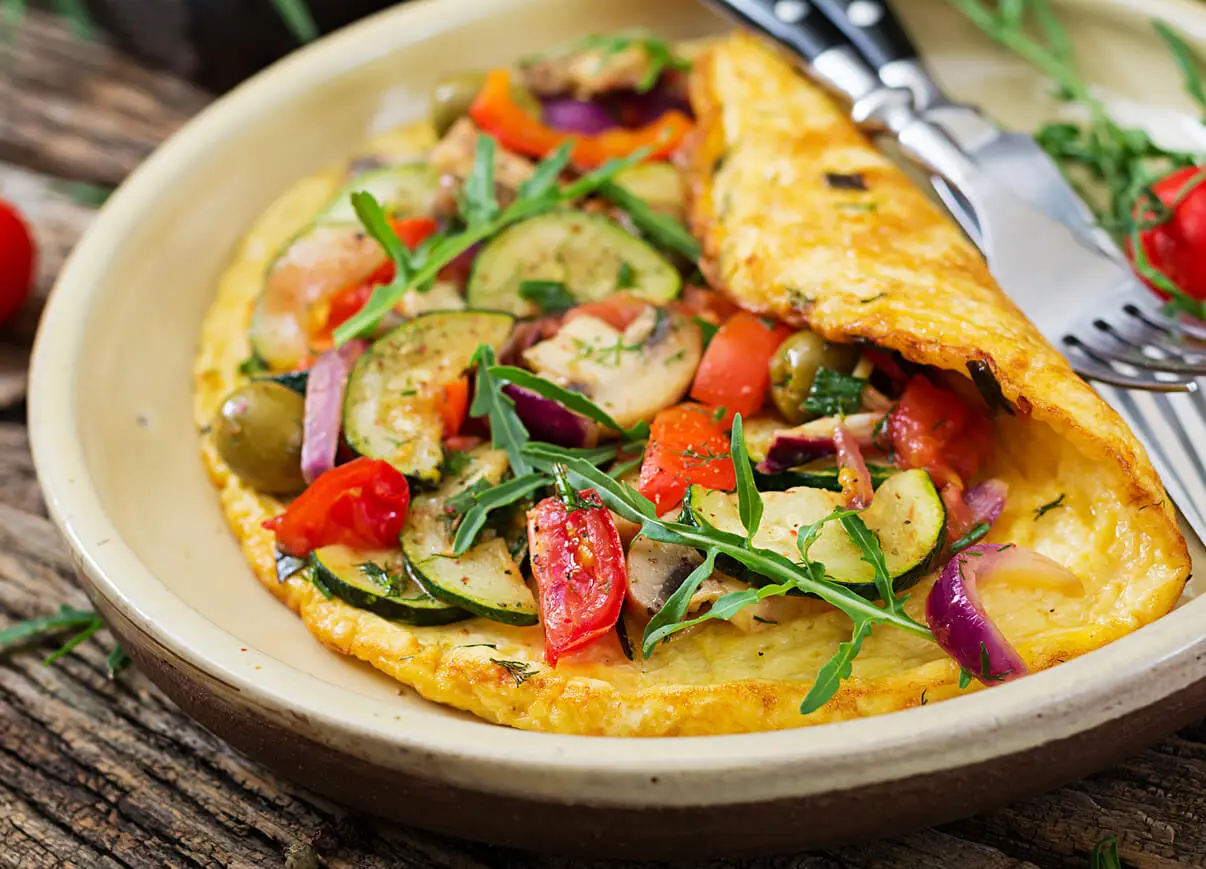
These diabetic-friendly breakfast foods are delicious, nutritious, and filling. Work these meals into your weekly diet to get your day started right.
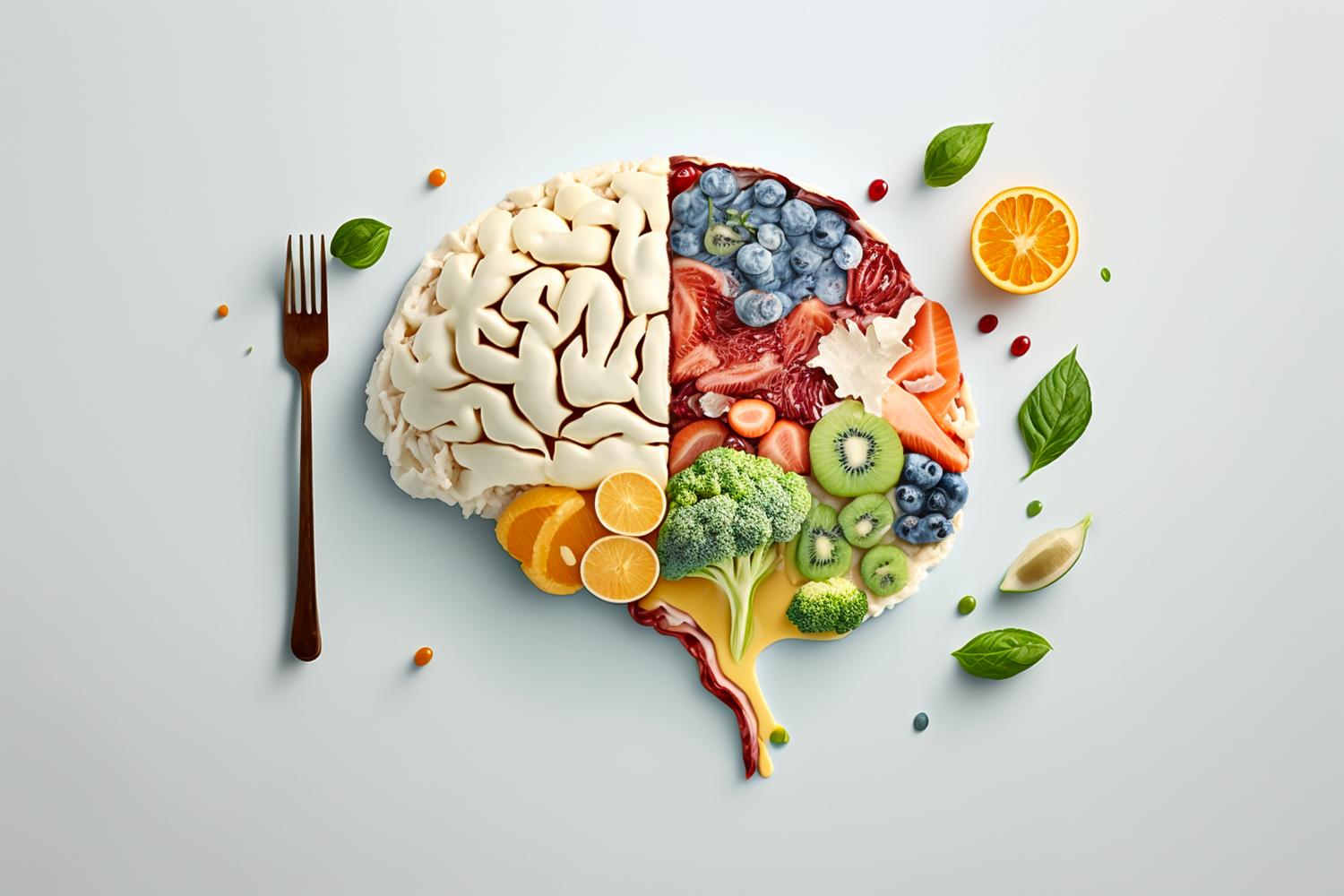
In honor of World Brain Day, we sought advice from Sesame registered dietitian nutritionist Brittany Bettingen MS, RDN, on how to bolster cognitive capabilities - memory, focus and beyond - through dietary modifications.
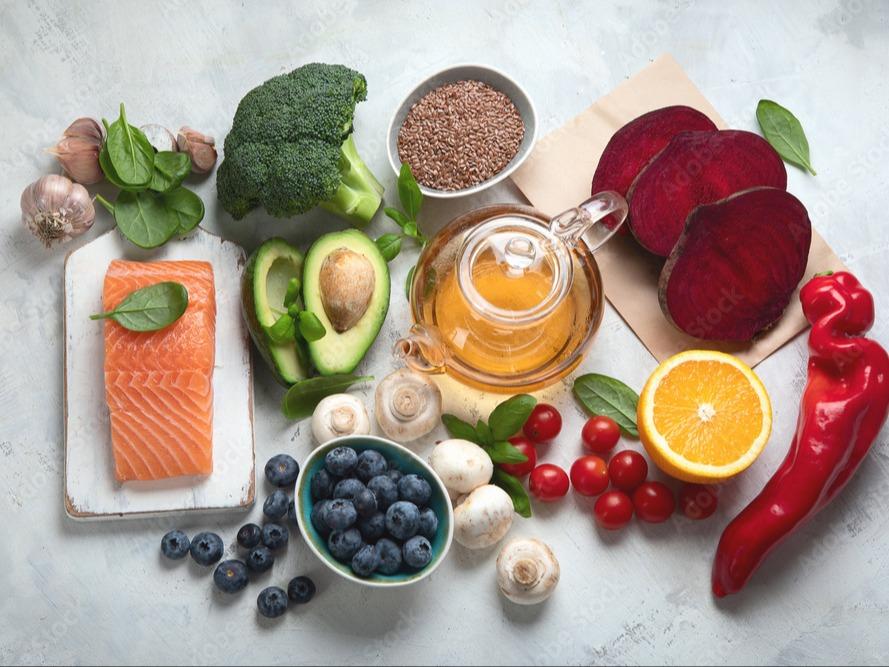
While no individual food no single food can protect people from cancer, these 19 foods are rich in antioxidants, phytochemicals and other compounds that may kill cancer cells, reduce tumor growth or reduce the risk of developing cancer.
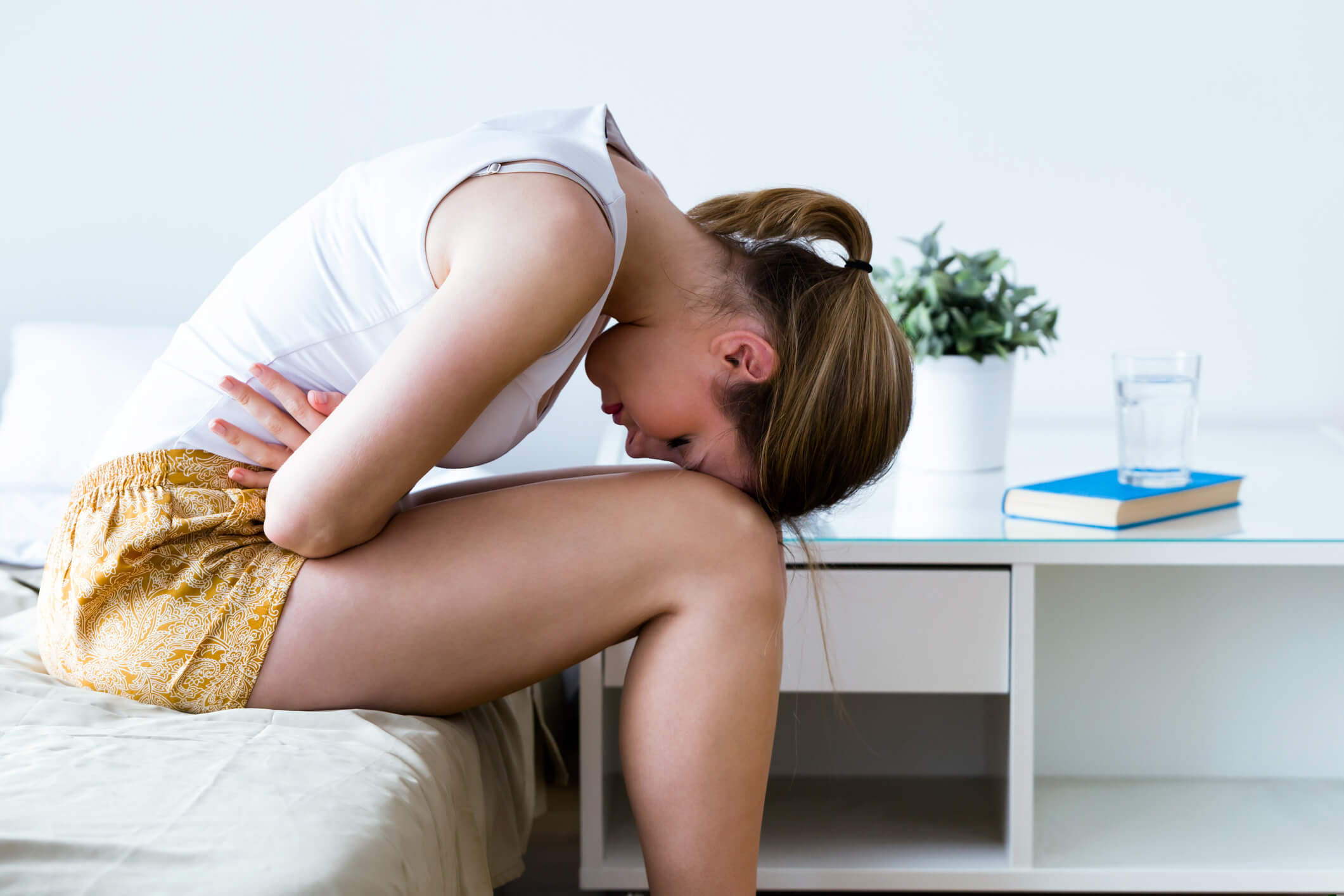
Lower abdominal pain is one of the most common medical complaints among females of all ages. Sometimes referred to as pelvic pain, these aches and cramps generally occur below the belly button and above the pelvic bone.
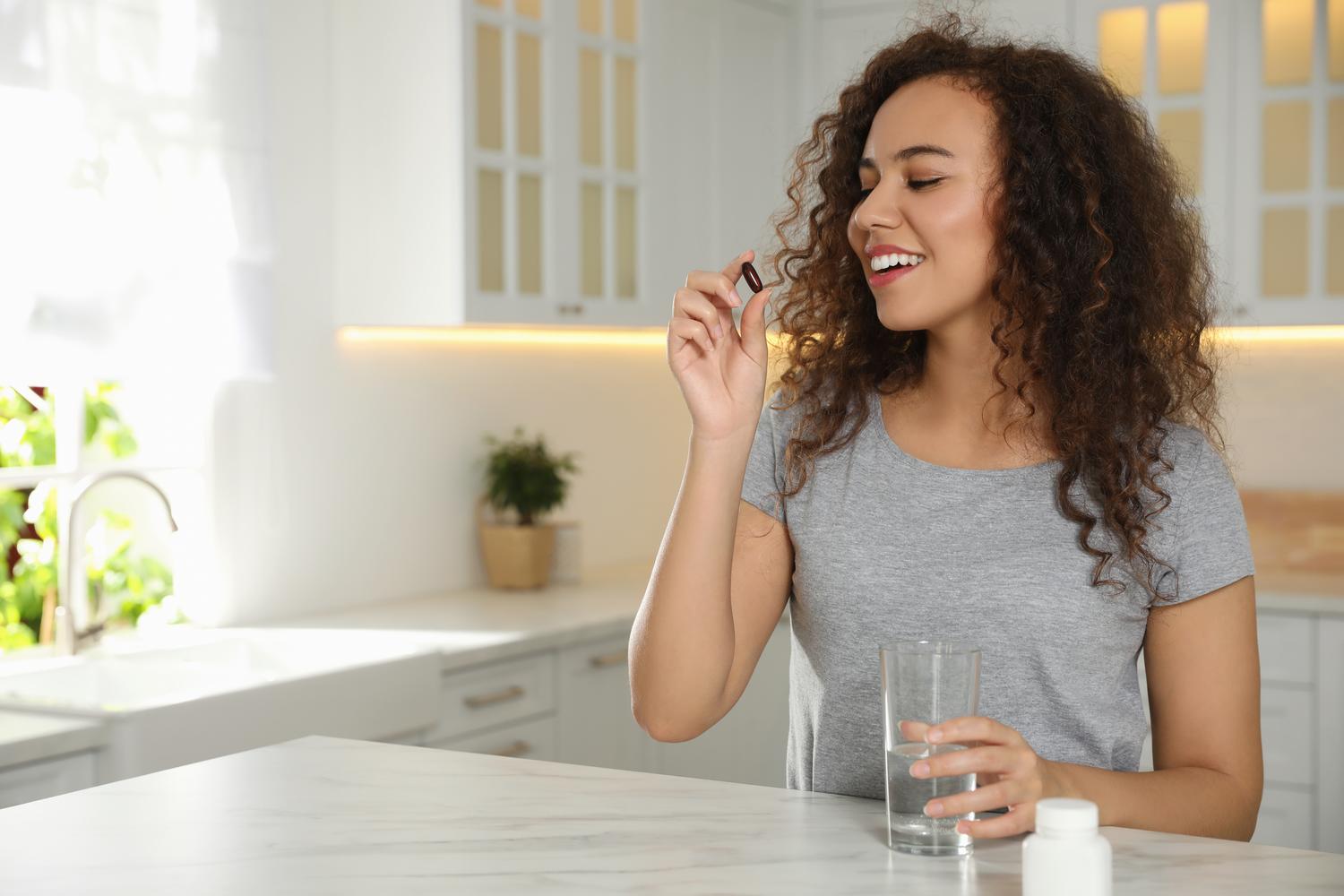
Learn how potassium, magnesium, omega-3 fatty acids, and other supplements can help support healthier blood pressure, along with helpful safety information.

Hot flashes can be overwhelming, disruptive and unpredictable. This article explores what hot flashes are, along with their common symptoms. It also offers the best natural and medical remedies to help mitigate them.

Sesame seeds aren’t just good for you; they are also delicious. Learn more about this powerful superfood and how you can use it to improve your health.
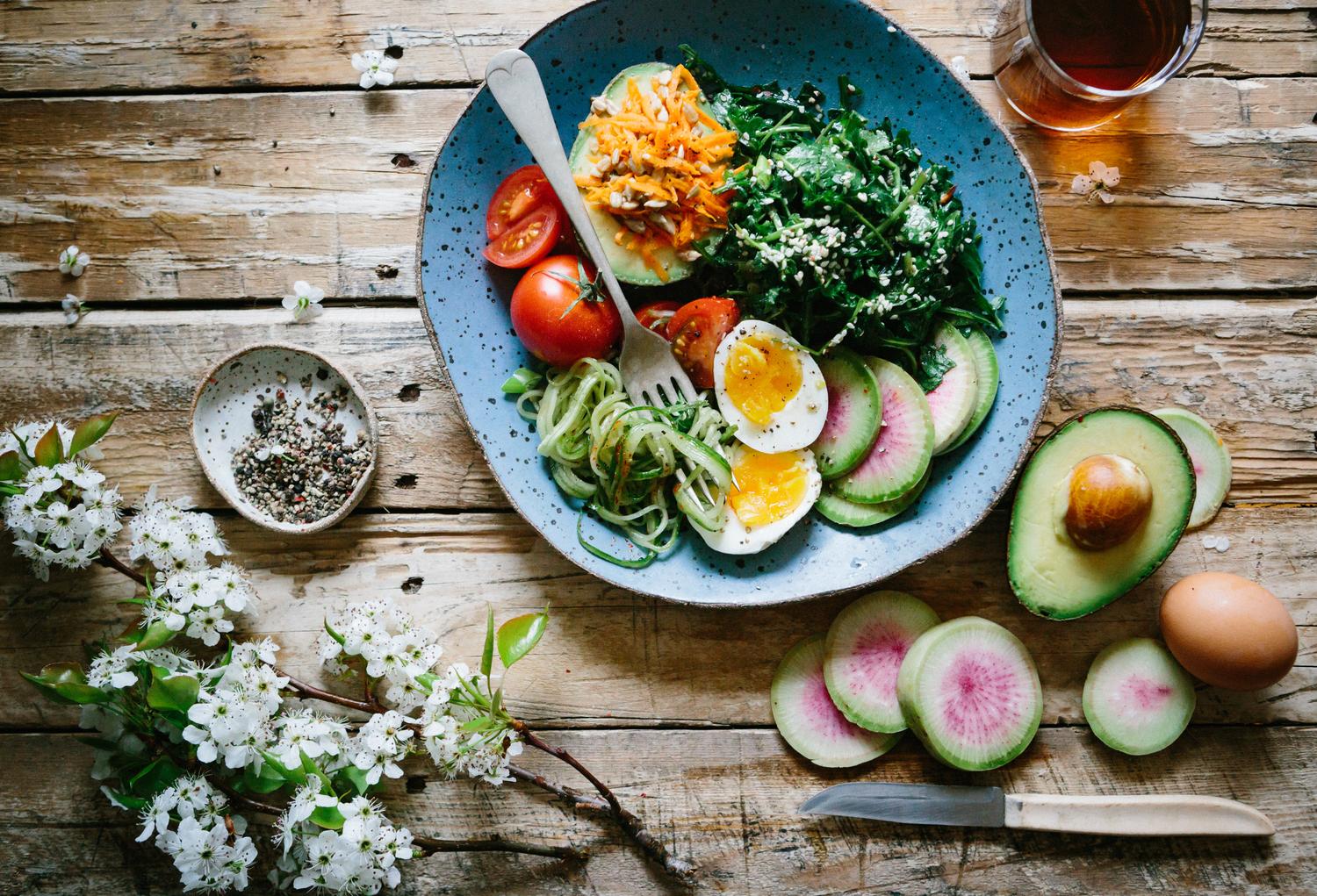
What you eat matters - especially as you age. Hear from a functional nutritionist on what foods impact your bone health as you age.
